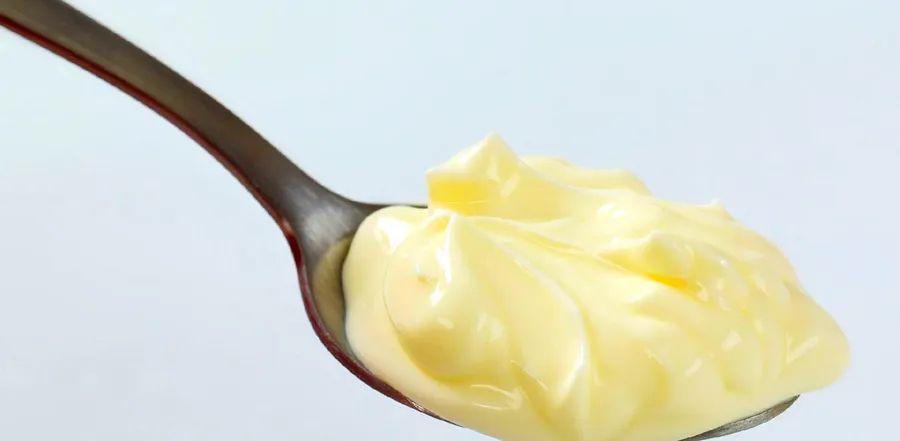Mayonnaise vs Miracle Whip: How Are They Different?

From salads to sandwiches, mayo is a staple in countless dishes. Its rich, creamy taste enhances tuna salad and turkey sandwiches, while its texture adds the perfect crunch to toasted bread or keeps cakes moist.
A quick glance down the condiment aisle reveals a familiar blue and white label claiming 'the tangy zip of Miracle Whip.' Despite looking like mayo, Miracle Whip is categorized as a 'dressing.' So, what’s the true distinction? And why do some people insist on using Miracle Whip for their potato salad?

How Do Mayo and Miracle Whip Differ?
Mayonnaise and Miracle Whip share many similarities in ingredients and uses, but people often pick one over the other. Why does this happen?
Let’s begin with traditional mayonnaise. This blend of egg yolks and acid emulsified by oil was reportedly created by a French chef in the 1750s to honor a duke’s victory over the British. When he ran out of cream, he substituted oil and eggs, unknowingly creating a culinary marvel that blends oil and liquid into a stable, smooth, spreadable product.
Miracle Whip, on the other hand, is a much more modern creation. Developed by Kraft Heinz in 1933, it was designed as a cheaper alternative to mayo. So, what sets them apart?
The key difference lies in the ingredients and flavor. Mayonnaise is made from oil, eggs, and vinegar (or lemon juice), while Miracle Whip has less oil and includes water, sugar, and spices like mustard, paprika, and garlic. Despite these additions, Miracle Whip contains half the calories and fat of mayo. It’s available in original, light, and fat-free versions.
To be labeled ‘mayonnaise,’ a product must contain at least 65% vegetable oil by weight. Miracle Whip, with its added water and reduced oil content, doesn't meet this requirement and must be marketed as 'dressing.'

Recipe Here: Chocolate Mayonnaise Cake
Some brands of mayonnaise, such as Hellmann’s, include sugar alongside the usual oil, eggs, and vinegar. However, the sugar isn’t enough to make the mayo taste notably sweet like Miracle Whip. Duke’s, a Southern favorite, doesn’t contain any added sugar.
The main difference between the two spreads is flavor. Miracle Whip is both sweeter and spicier than mayonnaise, while mayo is richer with a distinctive egg flavor and a mild tang.
Can I Swap Miracle Whip for Mayonnaise?
Mayonnaise and Miracle Whip are strikingly similar, especially in terms of color and texture. But is it really possible to replace one with the other?
The quick answer is yes, but the more detailed response depends on the situation.
If you're preparing a cold dish that requires mayo, feel free to grab that classic white and blue jar. However, if you're baking or making a grilled cheese, stick with mayonnaise. Its full-fat content is key for these applications. For lighter options like chicken salad, reduced-fat mayo or Miracle Whip works fine. But using these lower-fat versions in cooking or heating applications will cause separation and a greasy mess. If you want to avoid a kitchen disaster, just go with the original.
Since Miracle Whip is sweeter due to the added sugar, swapping it for traditional mayo usually comes down to your taste preferences.
What Are the Best Uses for Miracle Whip?
Miracle Whip shines in uncooked, chilled dishes that call for mayonnaise. It's ideal for tuna, chicken, Waldorf salad, cole slaw, dressings, and dips.
Evaluation :
5/5



